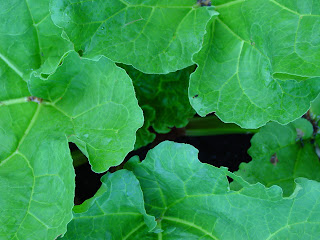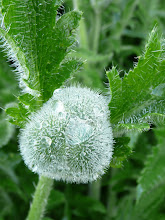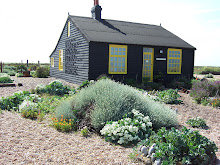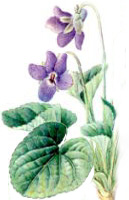

my photos
SEDUM
I really like sedum (spectabile means worth seeing), it displays welcome colour at the time of year when the garden is starting to lose a lot of its vibrance and colour.
Every stem of this lovely perennial is topped with flat heads of starry flowers, at this time of year, deep pink, and the bees and butterflies love it!
Once flowering has finished don’t be tempted to cut back, when left the seed heads provide great winter interest to the garden and may even be a source of winter food for the birds.
Butterflies are drawn to blues and pinks, moths prefer white flowers.















































































































